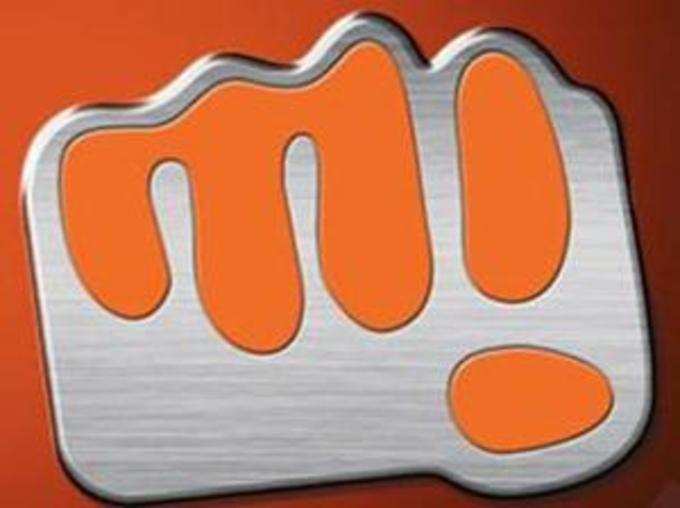
Spearheaded by former
"We're excellent with partnerships and we don't want to reinvent the wheel," Jain said, while specifying that the company was not breaking away from Android but was working with the globally dominant Android OS to bring a differentiated experience to consumers across all platforms, including wearables.
Agrawal said the likes of
"Our (Indian) use cases are much different from a US or Chinese customer," he said. As hardware is becoming a commodity, Micromax wants to start investing in software to differentiate itself. However, the company did not want to alienate its set of consumers and developers, majority of who are on Android, by building an operating system from the ground up.
The No 2 handset brand in India, which closed fiscal 2015 with Rs 11,000 crore of revenue, sells about 3 million phones a month, two-thirds of which are smartphones, and has a 16.7% share of smartphones and 14.4% share overall devices in the local market as per Counterpoint Research.
It is No. 3 in the tablet segment with a 9% share for the quarter ended March 2015, according to Cybermedia Research, trailing
Despite its strong performance in the smartphone and other product segments, the company's future growth would have to come from services built on top of its products to ensure customer stickiness and brand loyalty - a difficult feat given Indian users' discerning and value-for-money profile.
Over past year, Micromax tied up with Cynogen for using its OS on Yu brand of smartphones through a wholly-owned subsidiary. The company has also begun investing in startups that build services which can be integrated into devices - for instance health start up Healthifyme, online travel portal ixigo and US-based consumer cloud provider MiMedia. The services and apps being developed would also extend to the Yu series.
The forked Android OS is being developed by the company's software team in Bengaluru. About 75 people in design teams acquired from Nokia R&D in Beijing and a second one coming up in Shenzen will support this venture, including in building apps ecosystem and partnerships back home.
(Image credits: Indiatimes)